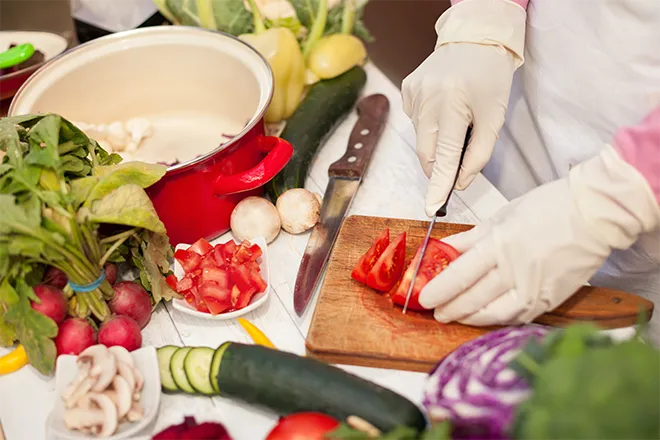
Food Safety in a Power Outage
If your power goes out, knowing what to do with the food in your refrigerator and freezer can help you stay healthy. The last thing you need after a weather emergency is a case of food poisoning!
Be Prepared
- Make sure that you have appliance thermometers in both the refrigerator and the freezer. That’s the best way to be sure that your food is safe after a power outage.
- Know where you can get dry ice or block ice.
- Keep on hand a few days worth of ready-to-eat foods that do not require cooking or cooling
When the Power Goes Out
The most important thing to remember is: keep the refrigerator and freezer doors closed!
- A refrigerator will keep food cold for about 4 hours if the door is kept closed.
- A full freezer will keep temperature for about 48 hours (24 hours if half-full). If your freezer is not full, group packages so they form an “igloo” to protect each other. Place them to one side or on a tray so that if they begin thawing, their juices won’t get on other foods.
- If the power is going to be out for an extended period of time, buy dry or block ice to keep the refrigerator as cold as possible. Fifty pounds of dry ice should keep a fully-stocked 18-cubic-feet freezer cold for two days.
When the Power Returns
Check the temperature inside of your refrigerator and freezer. Discard any perishable food (such as meat, poultry, seafood, eggs, or leftovers) that has been above 40° F for two hours or more.
You will have to evaluate each item separately. Discard any food that has an unusual odor, color, or texture, or feels warm to the touch. When in doubt, throw it out! These charts help you evaluate specific foods:
With frozen food, check for ice crystals! The food in your freezer that partially or completely thawed may be safely refrozen if it still contains ice crystals or is 40 °F or below.
Never taste a food to determine its safety!
















